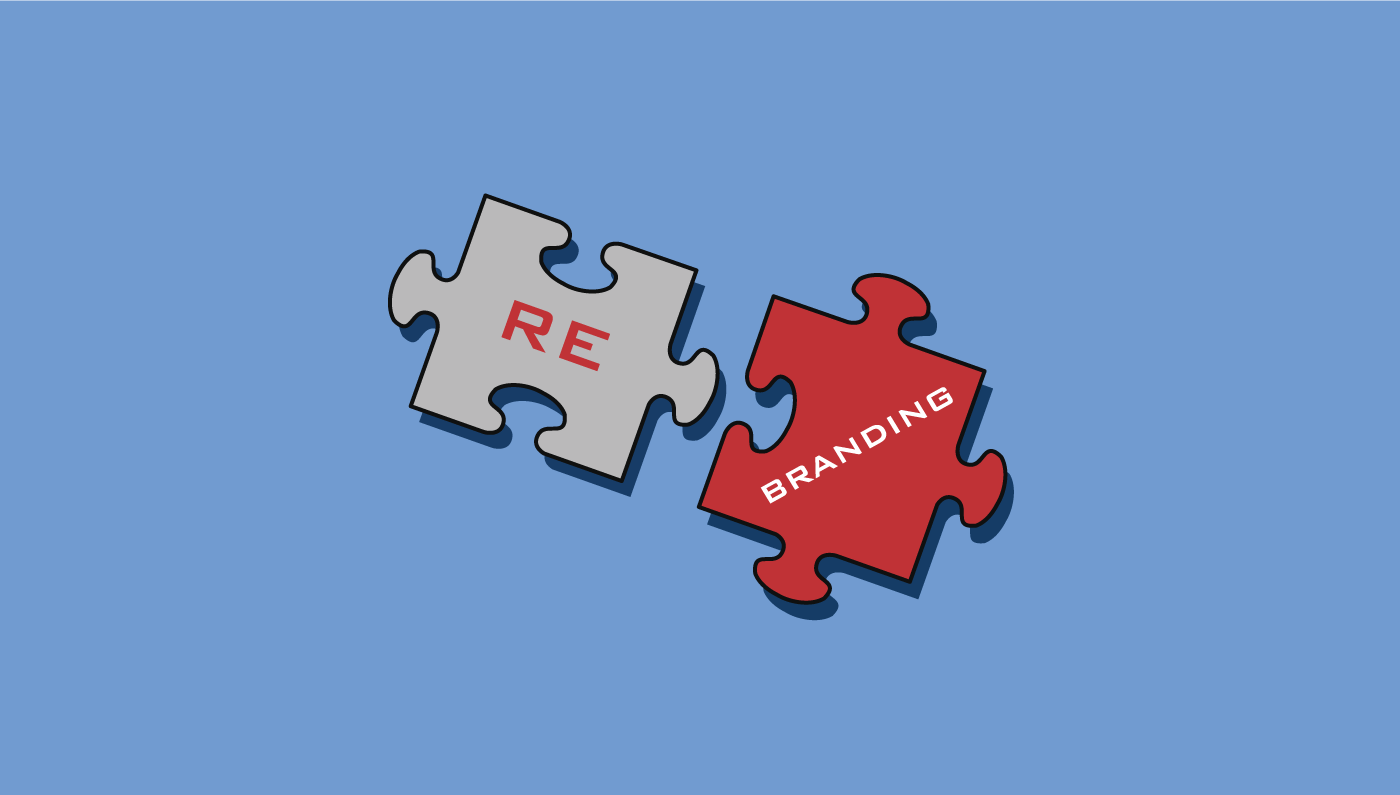In 2008, Budweiser, the beer brand that Americans drink more than any other, stopped being American. With parent company Anheuser-Busch purchased by Belgian firm InBev, the new company needed to reassure both customers and investors that neither its product nor its market share would change with the new ownership.
And so they rebranded the new company “Anheuser-Busch InBev,” literally merging the two company names and imagery. In a press release, InBev praised the Anheuser-Busch “culture of quality” and called Budweiser “one of America’s true iconic brands.”
Brand observers loved it. Consumers didn’t seem to mind, either: even today, Anheuser-Busch’s two leading beer brands, Budweiser and Bud Light, account for 46.4 percent of American beer purchases.
So what did the two companies do right when re-branding after a merger? Marketing analyst Natalie Mizik of the University of North Carolina calls it “fusion branding.” According to her 2012 research, companies that blended aspects of the two merging businesses together in their marketing saw better market performance on average.
Her research found that out of 216 mergers surveyed from 1997 to 2006, those companies that adopted a blended strategy had a more positive reception in the marketplace, which typically greets mergers with negative results.
In fact, Mizik saw that companies using the fusion strategy actually outperformed market returns by 3 percent on average.
But the so-called “fusion-branded company” is not a panacea, nor is it the right option for every situation. While Anheuser-Busch InBev marked a successful case of merged identity, brand experts weren’t so kind to another merger of industry titans, this time in the airline industry, with the merger of United and Continental to become the world’s largest airline in 2010.
In that case, the consensus among brand watchers was that United- arguably the weaker airline of the two in terms of customer service, reputation, and brand loyalty- “killed off” the Continental brand during the merger, thus losing the goodwill of Continental loyalists. Though United retained the signature Continental globe logo, little else of the previous airline’s brand remained when the new merged company began to market itself again.
The move puzzled observers.
“The deal would kill an airline brand- Continental- with a fairly decent reputation, and create a much-larger airline with a widely acknowledged tarnished brand- United Airlines- leading the way,” commented Dennis Schaal, an editor at travel news site Tnooz, prior to the merger.
What this points to is the need for companies to assess the particular strengths and weaknesses of their respective brands when determining a re-branding strategy after a merger or acquisition. A company like United may do well to seize upon a merger as an opportunity for total re-branding, similar to the strategy employed by Verizon, which was formed from a merger of Bell Atlantic and GTE in 2000. In this way, the company leading the merger or acquisition can create buzz and interest over a new corporate identity while shedding negative associations.
On the other hand, companies with existing customer goodwill, such as Continental or Anheuser-Busch, may be better served considering ways to preserve that loyalty, perhaps by negotiating a so-called “business as usual” branding after a merger, in which both companies continue to do business under their original trade names while combining forces to drive marketing efforts.
Regardless of approach, smart marketing leaders think two steps ahead prior to a merger or acquisition, and face the hard facts about both their own brand and the brands they are soon to inherit. A merger or acquisition could provide just the pivot point that a company needs to re-create a more positive image of itself or its services in the marketplace, or it could be the wrong time to try out a new identity. Only research and critical self-analysis will point marketers in the right direction for their own brand.

